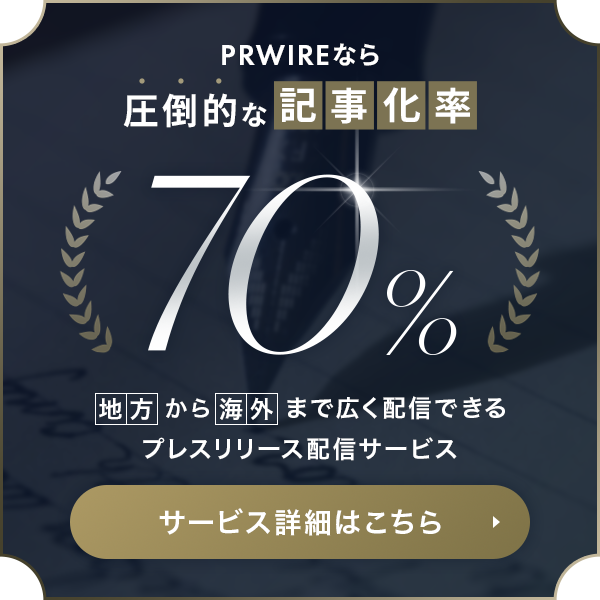Galderma Global Research Reveals Struggles of People With Rosacea and Psoriasis of the Face Experiencing a Lack of Control and Impact on Mental
AsiaNet 84326
Galderma Global Research Reveals Struggles of People With Rosacea and Psoriasis of the Face Experiencing a Lack of Control and Impact on Mental Wellbeing
LAUSANNE, Switzerland, June 10, 2020, /PRNewswire=KYODO JBN/--
A new expert-authored Galderma report
[https://hosted.bmj.com/rosaceabeyondthevisible ] released today reveals the
true extent of the hidden burden of rosacea and psoriasis of the face on
patients' lives.
Findings of this global survey – Beyond the visible: rosacea and psoriasis of
the face – show that regardless of the disease (rosacea (ROS) or psoriasis of
the face (PsO)), almost all (90%) of the patients surveyed felt their disease
was partially or totally uncontrolled, and experienced a similar impact on
working life, with 40% of sufferers across both diseases admitting that their
condition impairs their work activities.1
Over half of patients surveyed felt their disease significantly affected their
daily lives (58% ROS vs 55% PsO), with 1 in 2 people self-reporting
moderate-to-severe depression† (49% ROS vs 54% PsO) and at least a third
self-reporting moderate-to-severe anxiety‡ (34% ROS vs 43% PsO).[1]
However, when it comes to assessing new patients, quality of life (QoL) and
psychosocial impact is not top of mind for HCPs, with only a limited number of
doctors surveyed mentioning that they investigate QoL issues in practice (9%
ROS vs 22% PsO).1
Based on these findings involving over 600 patients with facial skin disease
(rosacea or psoriasis)* and 361 doctors across 6 countries, the report explores
the challenge of controlling the two diseases, quality of life issues,
similarities and disparities in disease management, mental health impacts, as
well as HCP attitudes and approaches, with the aim of improving disease
outcomes.
Commenting on the findings, Prof. Dr Jerry Tan, Adjunct Professor, Western
University, Ontario, Canada, and one of the expert authors of the report says:
"This ground-breaking study is helping to evolve treatment practice in rosacea
and psoriasis. There is much to be learned from current practice and the
striking similarities between rosacea and psoriasis of the face, in terms of
impact on patients' productivity and daily lives, which further demonstrates
the importance of improving outcomes."
Invisible symptoms such as stinging, burning and itching are driving disease
burden for many sufferers, yet only a quarter of doctors surveyed are routinely
assessing these symptoms with their rosacea patients (27% ROS vs 40% PsO).[1]
Though more than half of all patients in the survey, regardless of disease,
were ashamed of their condition, it was rosacea patients that were more likely
to blame themselves for flare-ups (28% ROS vs 20% PsO), said they experience
low self-esteem (34% ROS vs 20% PsO) and low confidence (30% ROS vs 18% PsO).[1]
Almost half (46%) of rosacea patients and almost a third (30%) of patients with
psoriasis on the face still believed their disease was triggered by lifestyle
choices, demonstrating a need for increased patient education.[1]
The benefits of achieving 'clear' (IGA 0) are well-established in both
diseases, and positively, 44% of rosacea patients surveyed recognized that
'clear' skin is possible (vs 35% PsO).[1]
Encouragingly, the majority of sufferers surveyed expressed a desire to
understand more about their disease (73% ROS vs 65% PsO), leading the report's
authors to highlight the need for HCPs to empower their patients through
knowledge, discuss the invisible as well as visible impacts, and help them to
understand the benefits of aiming for 'clear' (IGA 0) to improve outcomes.[1]
* All patients surveyed claimed to be experiencing a moderate to severe disease
impact on their lives
† Self-reported, measured using Patient Health Questionnaire-9 (PHQ-9)
‡ Self-reported, measured using General Anxiety Disorder-7 scale (GAD-7)
References:
1. Steinhoff M, et al. Beyond the visible: rosacea and psoriasis of the face.
The BMJ Hosted Content 2020. Available from:
https://hosted.bmj.com/rosaceabeyondthevisible. Date accessed: June 2020.
2. Gether L, et al. Incidence and prevalence of rosacea: a systematic review
and meta-analysis. Br J Dermatol. 2018;179(2):282-289.
https://doi.org/10.1111/bjd.16481.
3. International Federation of Psoriasis Associations. World Psoriasis Day.
Available at: https://ifpa-pso.com/our-actions/world-psoriasis-day. Date
accessed: June 2020.
4. Parisi R, et al. Global epidemiology of psoriasis: a systematic review of
incidence and prevalence. J Invest Dermatol. 2013;133(2):377-385.
https://doi.org/10.1038/jid.2012.339.
About rosacea
Rosacea is a common inflammatory skin disease that presents variable clinical
characteristics, of which the most common are flushing, persistent erythema,
and inflammatory lesions. It mainly affects the central areas of the face, such
as the cheeks and nose. The disease can affect both adult men and women,
usually after the age of 30. Additionally, symptoms such as stinging, burning
and increased sensitivity of the skin are common. The eyes are often affected,
and might present as red, dry or itchy.
Although the cause of the disease is still under debate, various trigger
factors are known, including spicy foods, alcohol, emotional stress,
sun/UV-exposure, hot baths and beverages. Demodex, generally harmless mites,
can also be found in the skin in an elevated quantity in people with rosacea.
Rosacea may worsen over time if left untreated. People that suspect they suffer
from rosacea should visit their dermatologist or healthcare provider for
diagnosis and discuss what treatment is right for them. Because rosacea is a
highly visible disease, it is known to cause embarrassment and anxiety in some
patients, which in turn may cause frustration and have a negative impact on
their social life.
About psoriasis
Psoriasis is a chronic, inflammatory skin disease estimated to affect
approximately 125 million people worldwide.3 It ranges in severity from a few
scattered red, scaly plaques (lesions), to involvement of almost the entire
body surface. It may worsen with age, or wax and wane in its severity.[4]
Having psoriasis can be a heavy physical, social, emotional and economic
burden. It may also increase the risk of developing other conditions like heart
disease or diabetes. While there is currently no cure for psoriasis, there is a
range of treatment options to alleviate symptoms.[3]
About Rosacea: Beyond the Visible
Rosacea: Beyond the Visible is a global disease awareness campaign, launched in
June 2018 by Galderma. The campaign was initially launched to raise awareness
of an expert-authored report highlighting the results of a global market
research study involving >700 people with rosacea and >550 physicians, which
investigated the true burden of rosacea. The campaign has a dedicated Twitter
@Beyond_visible and @Rosacea_beyondthevisible Instagram channel, through which
information is shared and those living with rosacea and HCPs are encouraged to
participate in conversations about the reality of life with this skin disease.
About Beyond the visible: rosacea and psoriasis of the face
A global market research study involving 300 rosacea patients, 318 patients
with psoriasis on the face and 361 doctors in 6 different countries (Canada,
France, Germany, Italy, Poland and the USA) investigating their experience of
living with, or treating patients living with, rosacea or psoriasis of the
face. An expert-authored report of the findings was released in May 2020 and
seeks to address three key questions – What is the true extent of the burden
patients face? How does it differ across the two facial skin diseases? By
looking at the impact of facial skin disease from different angles, what
insights can we gain to help patients and doctors achieve the best outcomes?
About Galderma
Galderma, the world's largest independent global dermatology company, was
created in 1981 and is now present in over 100 countries with an extensive
product portfolio of prescription medicines, aesthetics solutions and consumer
care products. The company partners with health care practitioners around the
world to meet the skin health needs of people throughout their lifetime.
Galderma is a leader in research and development of scientifically-defined and
medically-proven solutions for the skin. For more information, please visit
www.galderma.com
Click here to view the survey results infographic:
https://mma.prnewswire.com/media/1167325/Galderma_Rosacea_Psoriasis_PDF.pdf
Galderma media relations contact:
Sébastien Cros
Head of Corporate Communications
media@galderma.com
+41-21-642-76-94
SOURCE: Galderma
本プレスリリースは発表元が入力した原稿をそのまま掲載しております。また、プレスリリースへのお問い合わせは発表元に直接お願いいたします。
このプレスリリースには、報道機関向けの情報があります。
プレス会員登録を行うと、広報担当者の連絡先や、イベント・記者会見の情報など、報道機関だけに公開する情報が閲覧できるようになります。










